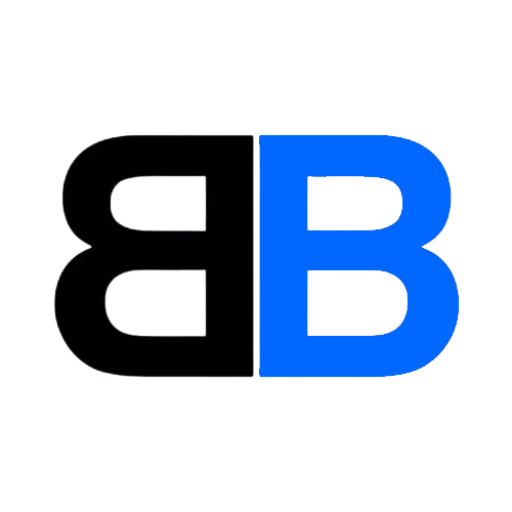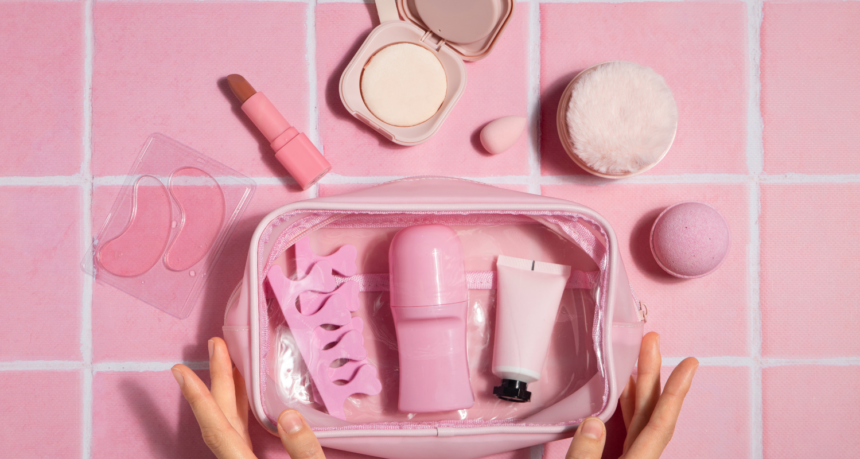The beauty industry thrives on innovation, consumer trust, and global reach, with the largest cosmetics companies shaping trends in skincare, makeup and fragrances. In 2025, the global beauty industry leaders will command massive market capitalizations, reflecting their financial strength and market influence.
This article explores the top 6 beauty brands by market cap as of June 2025, diving into their financial performance, key brands and strategic initiatives. From the rise of clean beauty to AI-driven personalisation, we also highlight beauty industry market value trends and recent news shaping the sector.
L’Oréal: The global beauty powerhouse
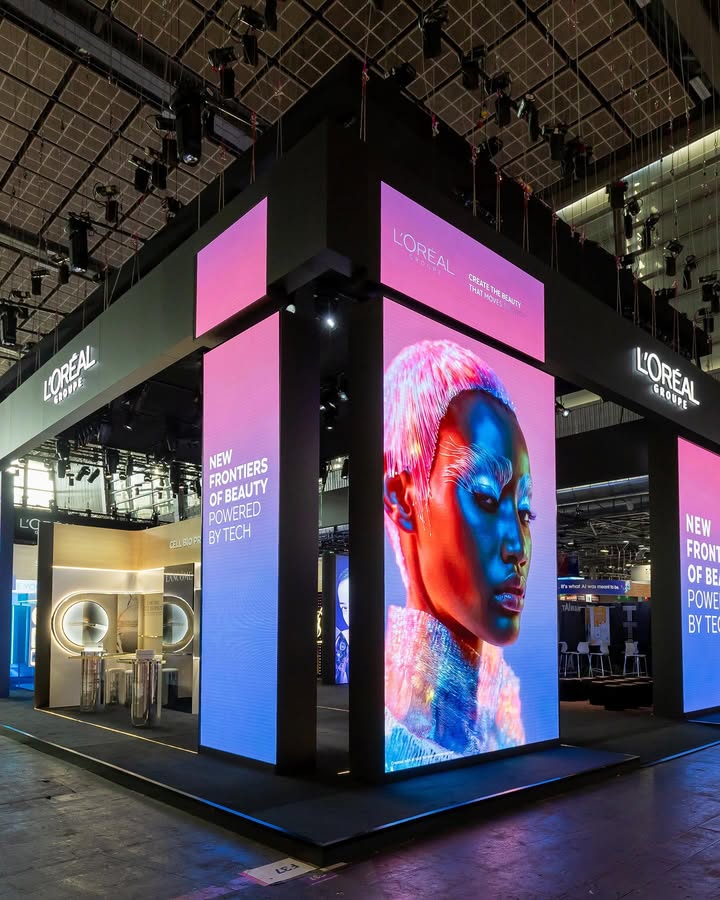
L’Oréal S.A., based in Paris, France, is the world’s largest cosmetics company, with a market cap of US$235.07 billion, ranking 58th globally. In 2024, L’Oréal generated US$45.25 billion in revenue, slightly down from US$45.52 billion in 2023, with net earnings of US$8.77 billion (down from US$8.84 billion).
L’Oréal owns iconic brands like L’Oréal Paris, Garnier, Maybelline New York, Essie, Softsheen-Carson and NYX Cosmetics. Its sustainability initiatives, including a US$2.5 billion Australian biotech acquisition in 2023 to develop eco-friendly ingredients, position it as a leader in clean beauty. L’Oréal also leverages AI for personalised skincare to enhance consumer experiences.
Givaudan: Fragrance leader in beauty
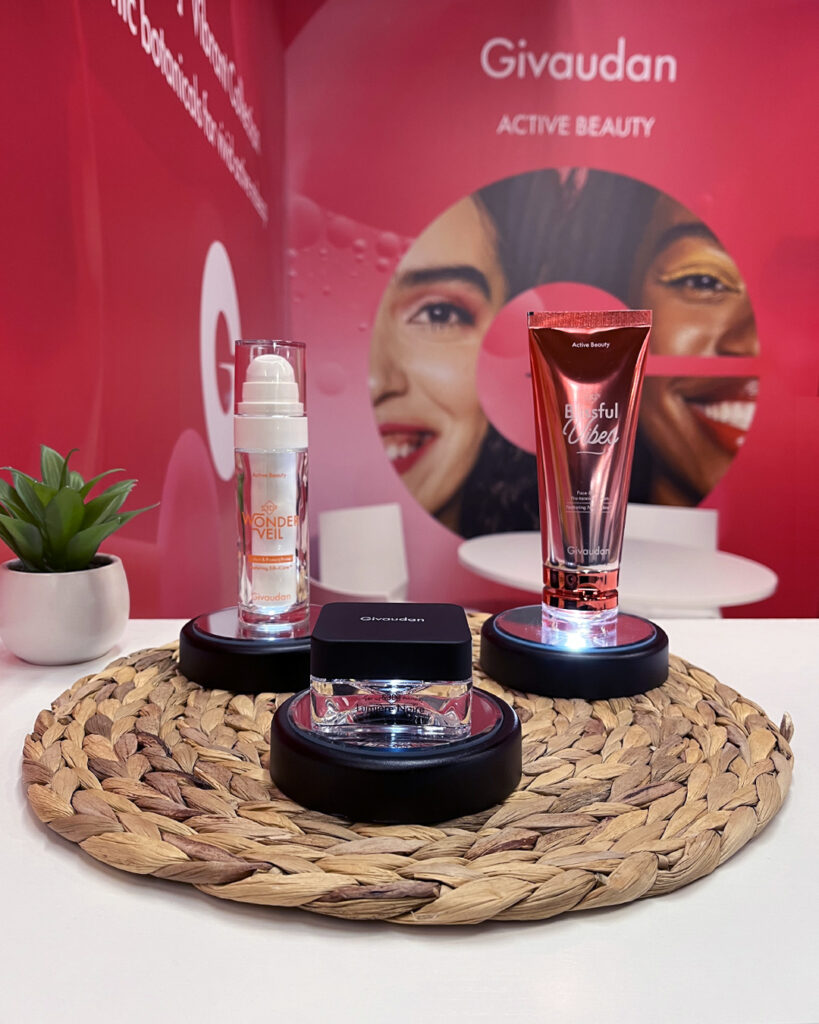
Swiss-based Givaudan, a leader in Fragrance & Beauty, holds a market cap of US$45.13 billion, ranking 481st globally. In 2024, it reported US$8.20 billion in revenue (down from US$8.22 billion in 2023) and earnings of US$1.45 billion (up from US$1.17 billion). Its role in supplying fragrances for top skincare companies in 2025 secures its place among beauty giants.
Givaudan creates fragrances for major beauty brands, operating 163 locations across 52 countries. Its Scent Trek initiative captures natural scents sustainably, aligning with clean beauty trends. Recent expansions in Asia-Pacific, including a production site in India, bolster its global influence.
Galderma Group: Dermatology innovator

Galderma, a Swiss dermatology specialist, has a market cap of US$32.55 billion, ranking 653rd globally. Its 2024 revenue was US$4.44 billion (up from US$4.24 billion in 2023), with earnings of US$0.66 billion (up from US$0.57 billion). Galderma’s focus on skin health drives its growth in the cosmetics brand rankings.
Specialising in injectable aesthetics, dermatological skincare, and therapeutic dermatology, Galderma collaborates with healthcare professionals. Its Sculptra and Cetaphil brands lead in anti-ageing and sensitive skin solutions. In 2025, Galderma’s AI-driven skin diagnostics will enhance personalised treatments.
Beiersdorf: Trusted skincare heritage

German-based Beiersdorf, with a market cap of US$27.38 billion (770th globally), reported 2024 revenue of US$7.39 billion (up from US$7.12 billion in 2023) and earnings of US$0.82 billion (up from US$0.76 billion). Its consistent growth strengthens its position among the best beauty brands by market capitalization.
Beiersdorf’s portfolio includes NIVEA (the world’s top skincare brand), Eucerin, Hansaplast, La Prairie, and Chantecaille. Its 2024 launch of NIVEA’s sustainable packaging aligns with consumer demand for eco-conscious products.
Estée Lauder: Luxury beauty leader
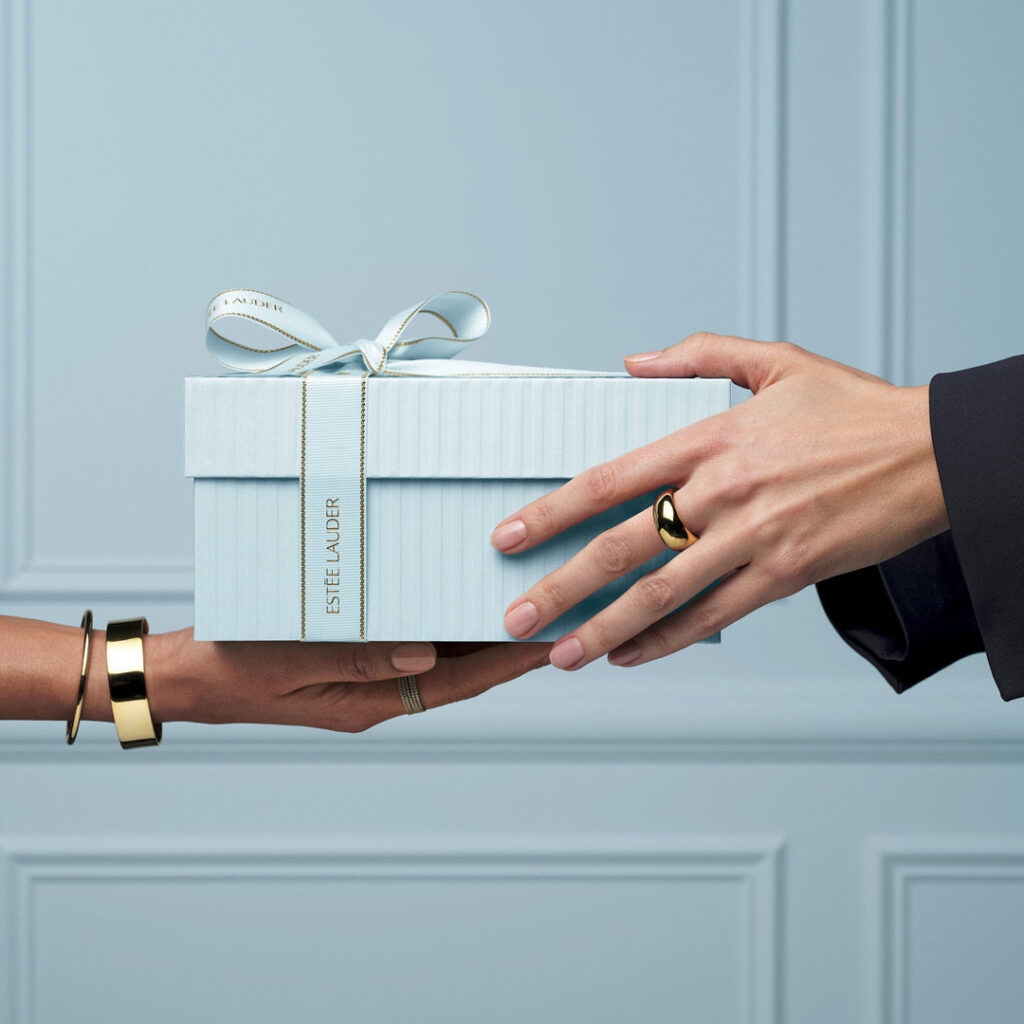
The Estée Lauder Companies Inc., based in the U.S., has a market cap of US$26.90 billion, ranking 788th globally. In 2024, it generated US$15.17 billion in revenue (up from US$15.15 billion in 2023) but reported a US$0.26 billion loss, compared to US$1.14 billion in earnings in 2023, due to restructuring costs. Its luxury focus keeps it among global beauty industry leaders.
Estée Lauder’s brands include Clinique, M·A·C, La Mer, Jo Malone London, Tom Ford, The Ordinary and BALMAIN Beauty. Facing challenges, Estée Lauder announced a reduction of 5,800 and 7,000 employees, from 9% to 11% of its 62,000 workforce, on 5 February 2025 to streamline operations. Its digital marketing strategies, including AR try-on tools, drive e-commerce growth.
Ulta Beauty: Retail beauty giant
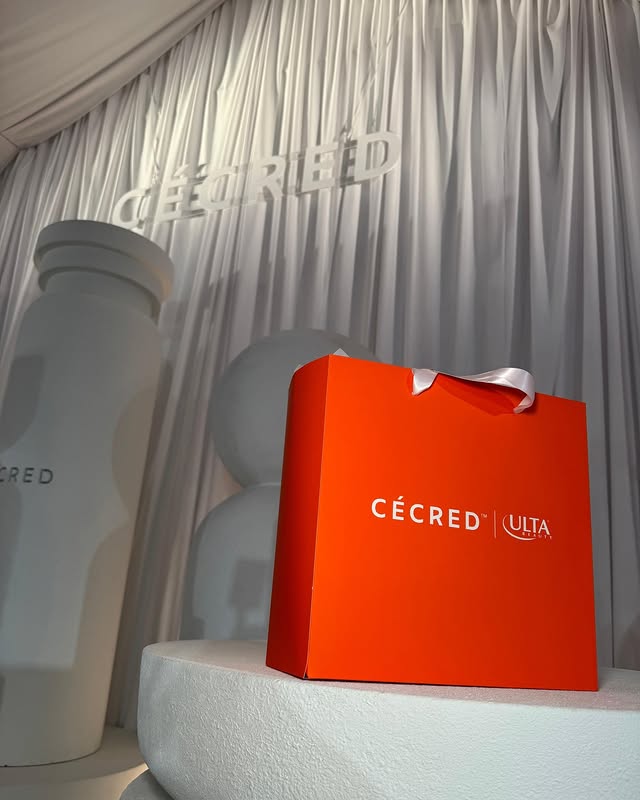
Ulta Beauty, an American retailer based in Bolingbrook, Illinois, holds a market cap of US$21.14 billion, ranking 971st globally. In 2024, it reported US$11.29 billion in revenue (up from US$11.20 billion in 2023) and earnings of US$1.58 billion (down from US$1.69 billion).
Ulta Beauty sells makeup, skincare, fragrances, and haircare from brands like Dyson, Fenty Beauty and Olaplex. Its 2024 expansion added 50 new stores, enhancing its U.S. presence. Ulta’s loyalty program and in-store salons drive customer retention in the top skincare companies’ 2025 market.
Beauty industry trends and news
In 2024, the global cosmetics market reached US$335.95 billion, with skincare accounting for 40% of sales, per Statista. The rise of clean beauty emphasises sustainable, non-toxic products, while AI in cosmetics (e.g., L’Oréal’s SkinCeuticals diagnostics) personalises consumer experiences. Competitive pressures are evident, with Estée Lauder’s cost-cutting measures and L’Oréal’s biotech acquisition. On top of that, these beauty brands’ call to consumer demand for inclusivity and eco-friendly products continues to shape cosmetics brand rankings.
Conclusion
As of 21 June 2025, these top beauty brands lead with strong market presence, shaping a dynamic industry. Their innovative spirit inspires new entrants to adopt creative strategies and focus on customer needs. This forward-thinking approach sets a high standard, encouraging growth. Keep exploring fresh market insights and trends in the beauty industry to enhance understanding of this evolving sector.
Note: Financial numbers reflect the most recent figures as of 20 June 2025, for the top beauty brands by market capitalization.
Header image from Freepik

